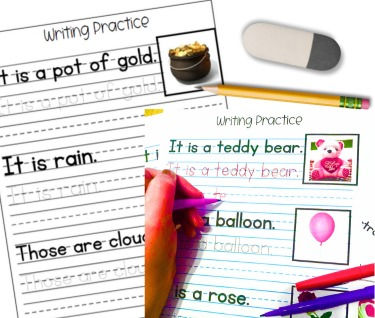In the digital age, where keyboards and touchscreens dominate, the value of handwriting might seem diminished. However, for ESL (English as a Second Language) students, handwriting practice worksheets can be an invaluable tool for building foundational writing skills and expanding vocabulary. In this blog post, we'll explore why handwriting practice remains relevant and how it can benefit ESL learners.
top of page
bottom of page




Comments